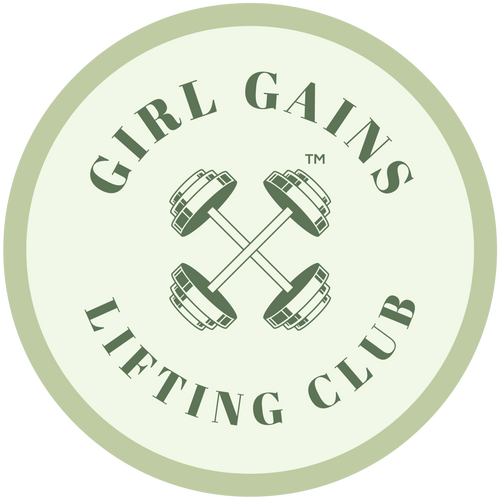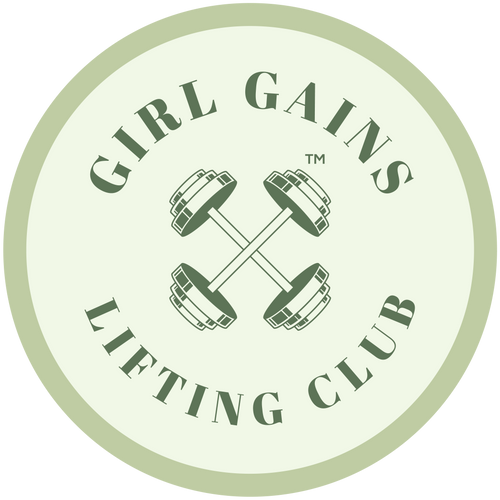![]() Sarah Omar
Sarah Omar
There is a rhyme and reason for why some days we feel ready to conquer the world and our goals, while on others we’d prefer to just rot in our beds. Like the moon, people who menstruate operate on a 28 day cycle. You could say there is something otherworldly about the way we are meant to structure our lives. I write this as I’m menstruating and intuitively I know that this is more so a time for rest, recovery, and planning my next moves. As someone with PCOS, cycle syncing has been essential in learning how to arrange my movement throughout the month to feel my best through all seasons I experience. Tracking and working with your cycle can be revolutionary for anyone who menstruates, and especially those who have been irregular in the past such as myself. There are many aspects of cycle syncing, but I’ll focus on how your hormones can be tracked and lifestyle changes can be implemented to optimize fitness and movement throughout your cycle.
I’ve learned about the menstrual cycle many times in my life, but I couldn’t really remember each phase until I started to think about them in terms of seasons. Resembling the seasons, there are 4 stages of your menstrual cycle.
❄ Menstrual Phase
Menstrual phase can be thought of as your inner winter, lasting 1-7 days. The menstrual phase is when the uterus begins to shed its lining due to decreased levels of estrogen and progesterone, and vaginal bleeding occurs.
During this time, it would be best to focus on low impact movement such as hot girl walks, yoga, pilates, and most importantly—rest. Your body knows best and at least in my experience, I don’t want to move during the first day of my period at all. However, there is a strange phenomenon of being able to hit PR's on my menstrual cycle if I am feeling keen to workout. According to Stacey Sims, exercise physiologist and researcher at Stanford, with estrogen and progesterone at their lowest. This subtle shift in hormones boosts your pain tolerance and muscle recovery time, which could actually make you feel more powerful during exercise. This may vary from person to person so again the most important thing you can do at this time is listen to your body!
🌸 Follicular Phase
Right after you menstruate, you enter your Follicular phase, or your inner spring which can last anywhere from 7-10 days. During the follicular phase, the follicle is developing in the ovary, so estrogen and progesterone levels start to rise. The increase in estrogen causes the uterine lining to thicken.
At the beginning of this phase, you may still be feeling a little sluggish. Your energy levels will increase as you approach ovulation, making it a good time for higher-intensity workouts that require endurance or strength training. Movement during the follicular phase can include things like cardio based workouts, jogging/running, incline walks, dancing, hiking, swimming, cycling, strength training.
☀️ Ovulation Phase
Ovulation (inner summer) follows, lasting a mere 2-4 days. Here, estrogen peaks and progesterone levels rise as the egg is released mid-cycle. It’s also great to be aware that ovulation is the time in which it is most likely you can become pregnant.
During ovulation, your hormone levels are at their peak, so you will likely have your highest energy levels during this time. This is a great time to participate in both endurance and strength based training. You can look forward to having your best heavy lifting, strength training, HIIT, spin, bootcamps, and kickboxing sessions.
🍂 Luteal Phase
Lastly, you have your Luteal phase, inner autumn lasts anywhere from 10-14 days. Estrogen and progesterone levels are high. If the egg is not fertilized, these levels decline as the body gets ready to move into the menstrual phase once again. The luteal phase is where we start to feel our fun PMS symptoms.
During your luteal phase, it’s time to start preparing for a less intense environment. This would be a great time for movements such as moderate strength training, reformer pilates, incline walking, yoga, barre.
We can become aware of our cycle and optimize our experience by tracking our cycle. This can be done through an app (Apple has a cycle tracker in their Health app) or it can be done manually in a calendar if you aren’t into data sharing. An app is nice in my opinion because it can use your data to predict and make changes based on past irregularities or otherwise. I personally use the Flo app, and I like it because I can track my symptoms throughout the month, which helps predict how your next cycle will be as well.
Normally, a cycle lasts 24-30 days but I personally still go through 32 to 55 day cycles if I’m off my routine, due to my PCOS. If your period is irregular like mine, you can also track other symptoms such as cervical fluid around ovulation, energy and mood changes as well as temperature to determine where you are in your cycle.
I really hope this helps you begin tracking your cycle and to feel more in tune with your body’s needs. As women, we are used to ignoring cues like hunger and fatigue and often powering through these signals in order to show some virtue of strength but I am here to tell you that the strongest thing you can do is to listen to your inner knowing!

References:
Welcome to the Girl Gains Publication 💌
We highlight inspiring, educational, and entertaining articles written by women for women. Happy reading!

